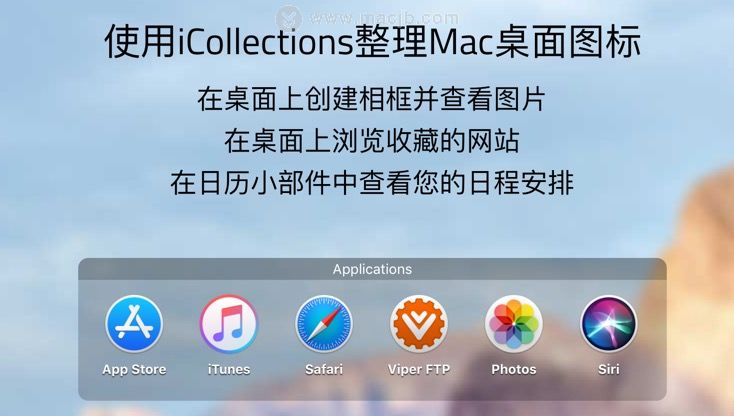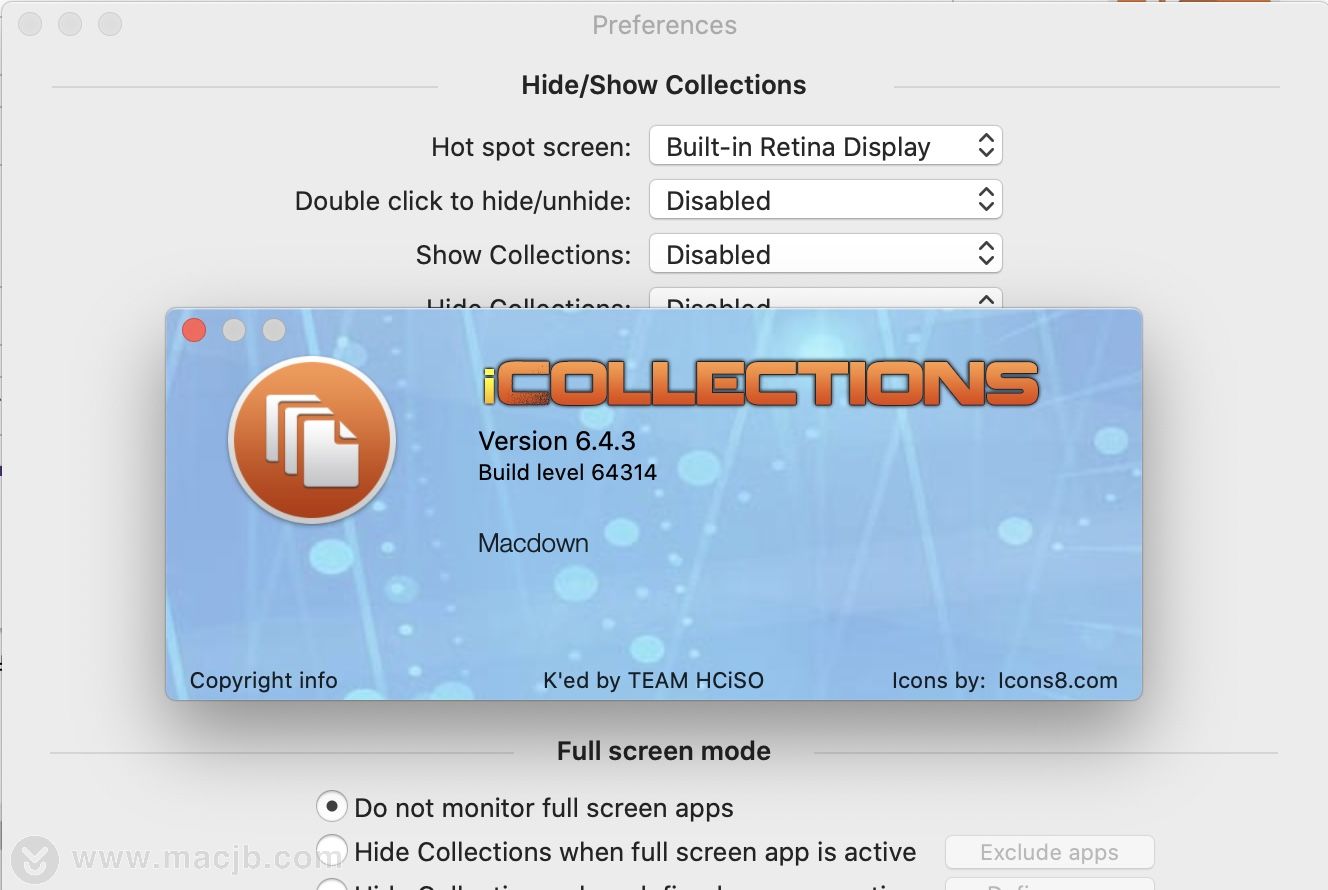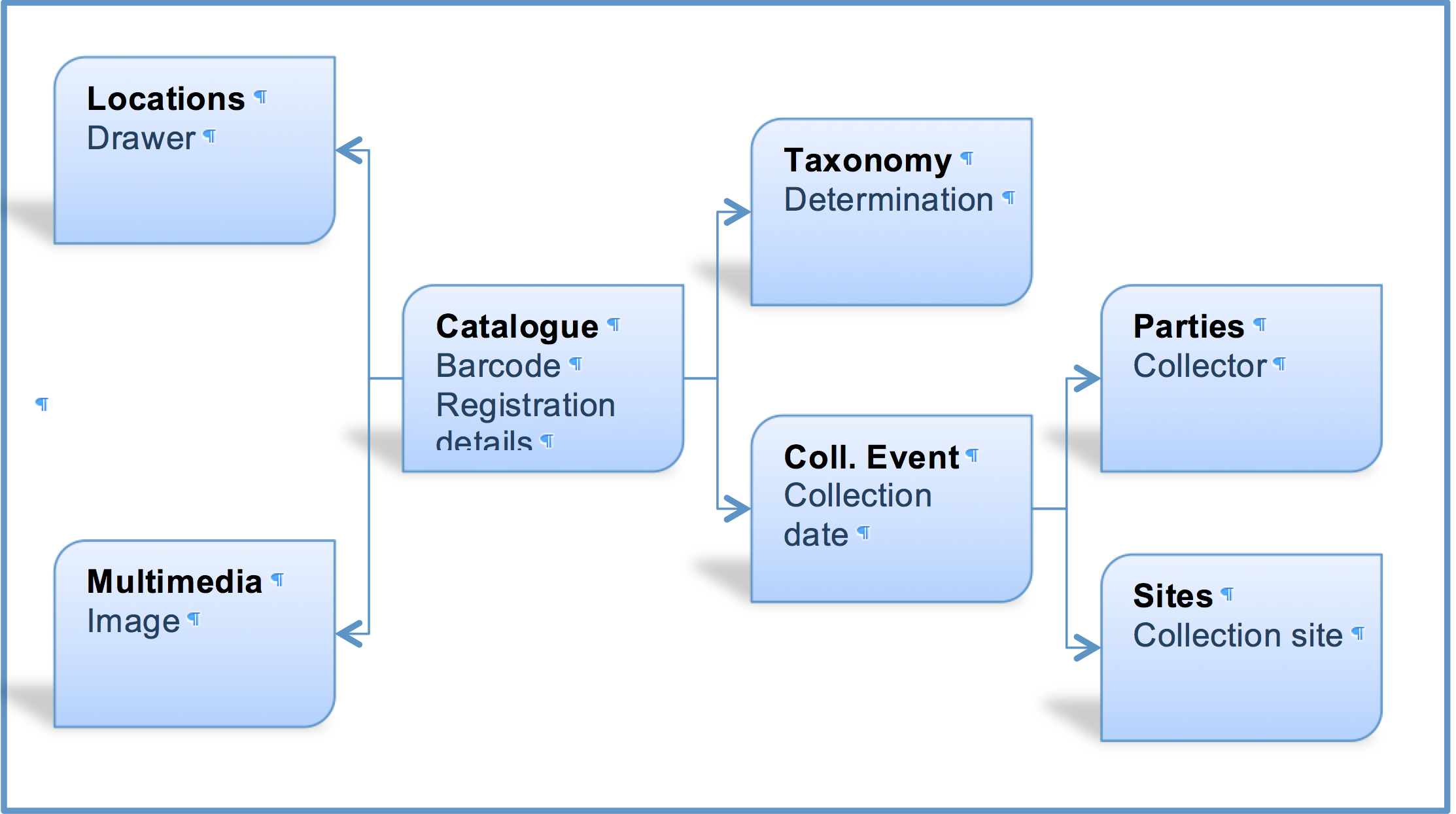
We need new statistical models to extract the valuable yet varied information museum specimens, survey data and citizen science sightings hold, but the models also need to handle their respective biases. Smartphone applications let anyone submit wildlife sightings in seconds but, just as collections reflect eclectic Victorians, citizen scientists’ preferences introduce their own set of biases to the data. Robert ‘Porker’ Watson (1916-84) was a tax accountant and ‘amateur’ butterfly collector and breeder whose setting of specimens was described as ‘a miracle of perfection’ Aurelian Legacy, British Butterflies and their collectors (Salmon.M.A et al, 2000 p230)Īmbitious digitisation projects are making collections available with the click of a button and in addition, now, citizen science projects generate enormous amounts of contemporary data in addition to data from collections and systematic surveys. Amateur collectors can match or exceed the standards of scientists who were paid for their work. Some collectors were working scientists, but a lot of the collection comes from amateurs and those that collected as a hobby, so the type of specimens and data that was recorded also varies due to the collector. Some travelled far to collect one specimen of every species, others collected every tiny variation within their favourite species.

Just like millennial houseplant enthusiasts, Victorian bug collectors had individual preferences. Labels inform us where and when specimens were collected, but not how. In contrast to survey data, museum specimens do go back much further in time to give us these baselines – but they were not systematically sampled. As a result, we find ourselves without baselines reflecting the state of biodiversity prior to major human pressures. This period falls after most large-scale transformations of the British landscape such as the agricultural intensification of the 1950s with its deforestation and increased pesticide-use.

In the UK, which is unusually well-documented, our knowledge from such survey data is limited to the period since 1970. This makes it easy to compare how different species change in population or geographical location over the years. One of the benefits of using survey data is that it is standardised, meaning that all species at a particular location are recorded in the same way, at the same time of the year, for multiple years in a row. Nearly everything we know about insect responses to human activities comes from survey data collected by national schemes like the UK Butterfly Monitoring Scheme (UKBMS), which was launched in 1976. Natural history collections’ pinned insect specimens have revealed fascinating changes over the last centuries but have rarely been used to map how, and why, some species increase while other decrease. ‘At first glance, my results suggested that British insects fared pretty well, but I quickly realised there is much more to this than meets the eye.’īlame eccentric Victorians or lazy statisticians? A graph showing rates of butterfly distribution change over the last century
#Icollections series#
From wasps to butterflies, Galina is looking for answers in the Museum’s pinned insect collection and extending time series to span the period of accelerating human pressures like agricultural intensification and deforestation. Insects are declining at alarming rates, but we do not precisely know why. This blog looks at just one of the studies using Museum data, PhD candidate Galina Jönsson’s research using data to examine how human activity has impacted butterfly populations over the 20 th Century. Since 2015, more than 1000 research papers have cited data from the Data portal and partner platforms like the Global Biodiversity Information Facility (GBIF), covering topics including agriculture, biodiversity, evolution, ecology, species distributions and human health.


Museum collections include specimens collected over the last 200 years, a critical time period, during which humans have had a major impact on the distribution of biodiversity.
#Icollections download#
The Museum’s Data Portal was launched in December 2014 to provide access to Museum collections and research, enabling to explore, download and re-use these data for their own purposes. A guest blog by Galina Jönsson From Left: Galina Jönsson in the Museum collection, The Museum’s Data Portal and graph showing scietific paper rates and numbers since 2015.ĭigital Collections support over 1000 scientific papers


 0 kommentar(er)
0 kommentar(er)
